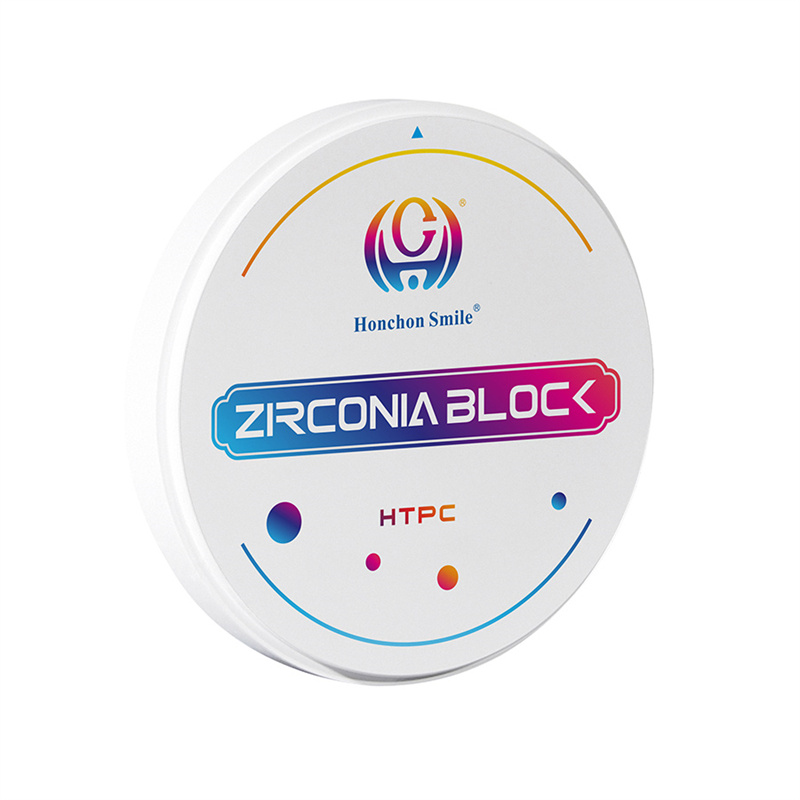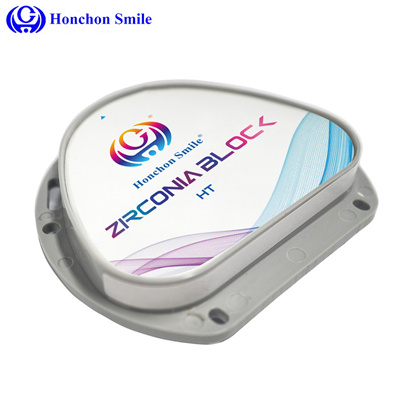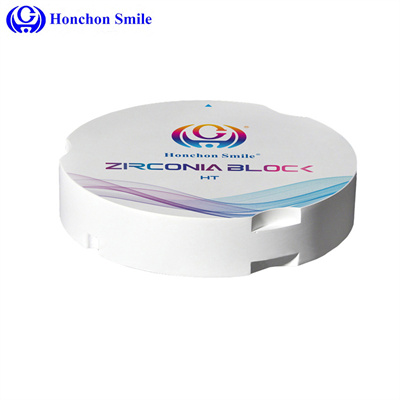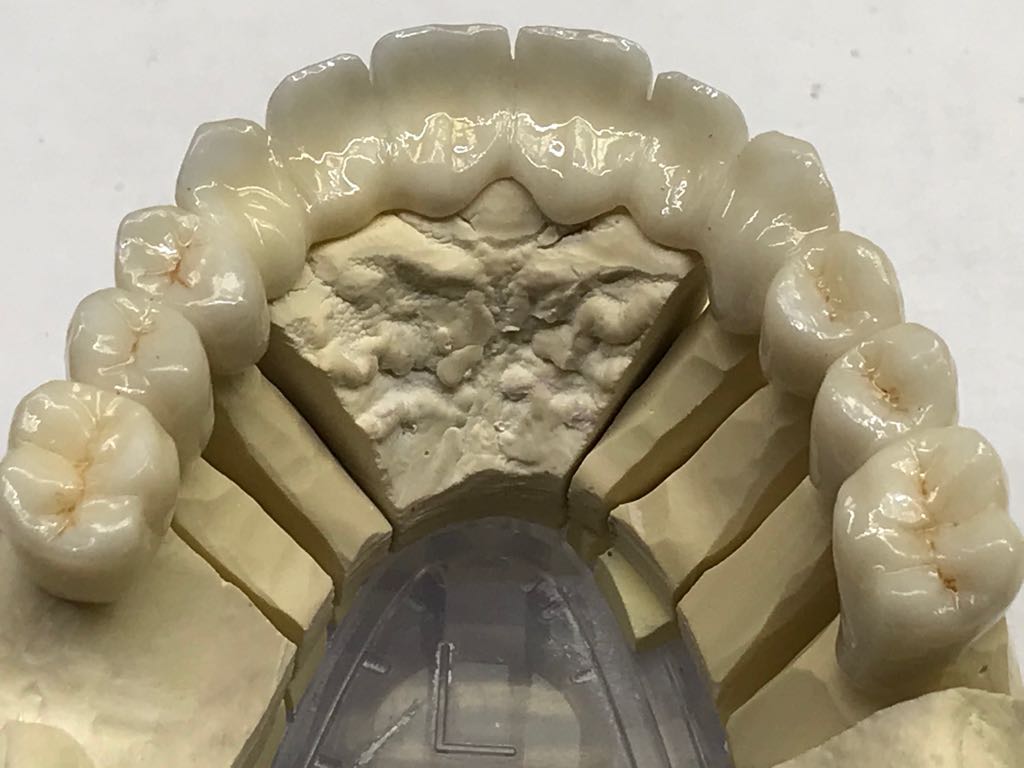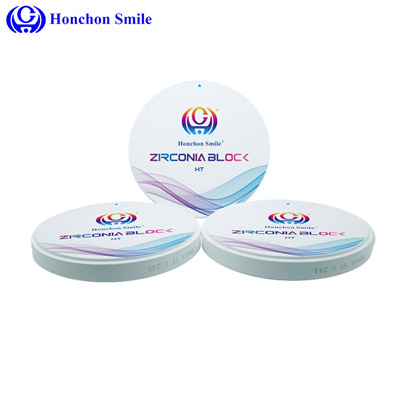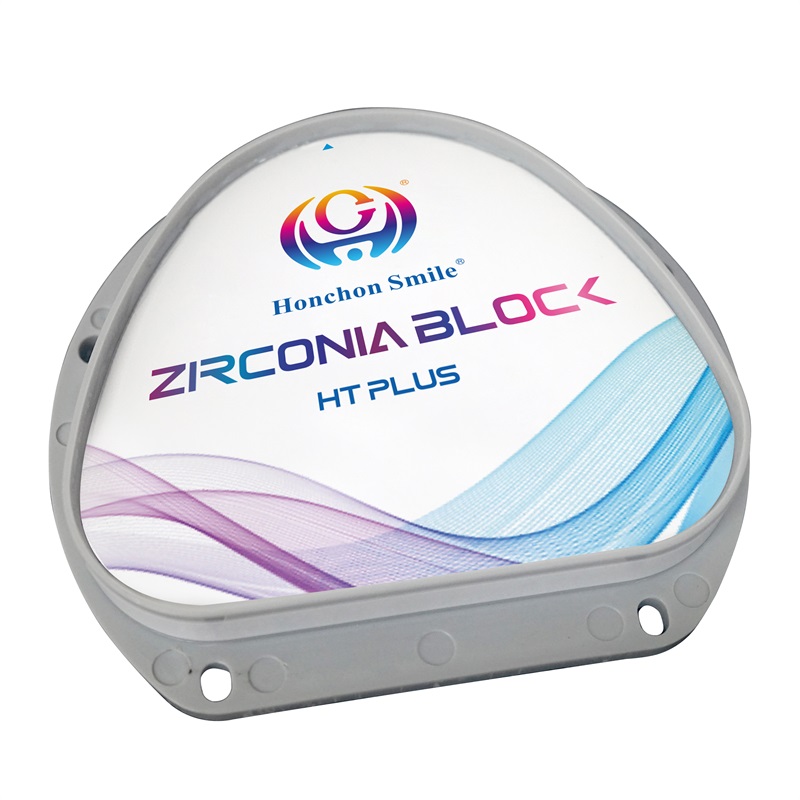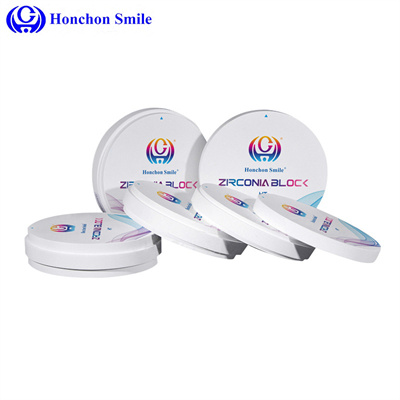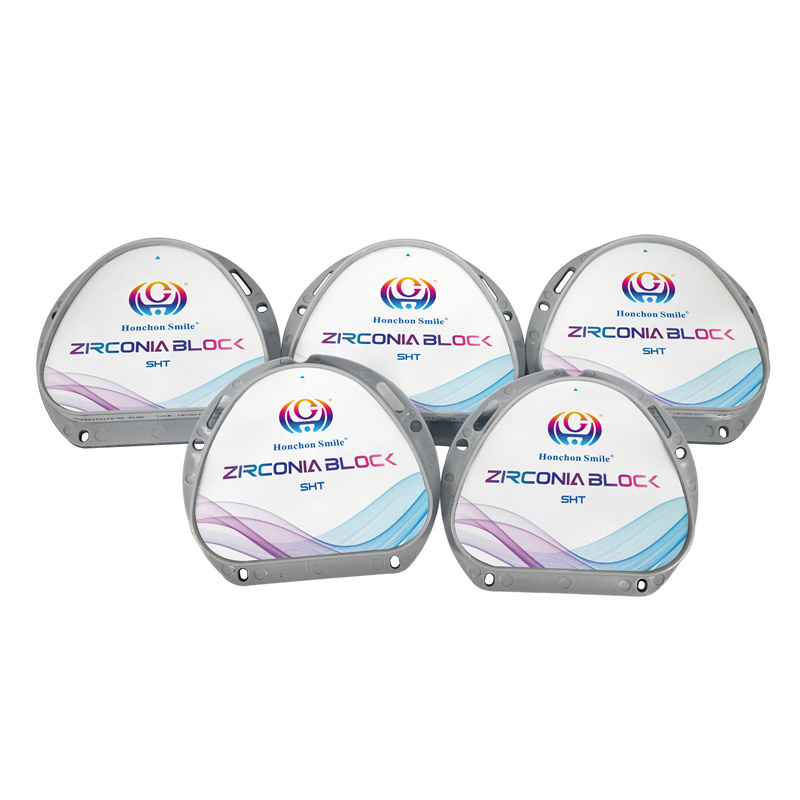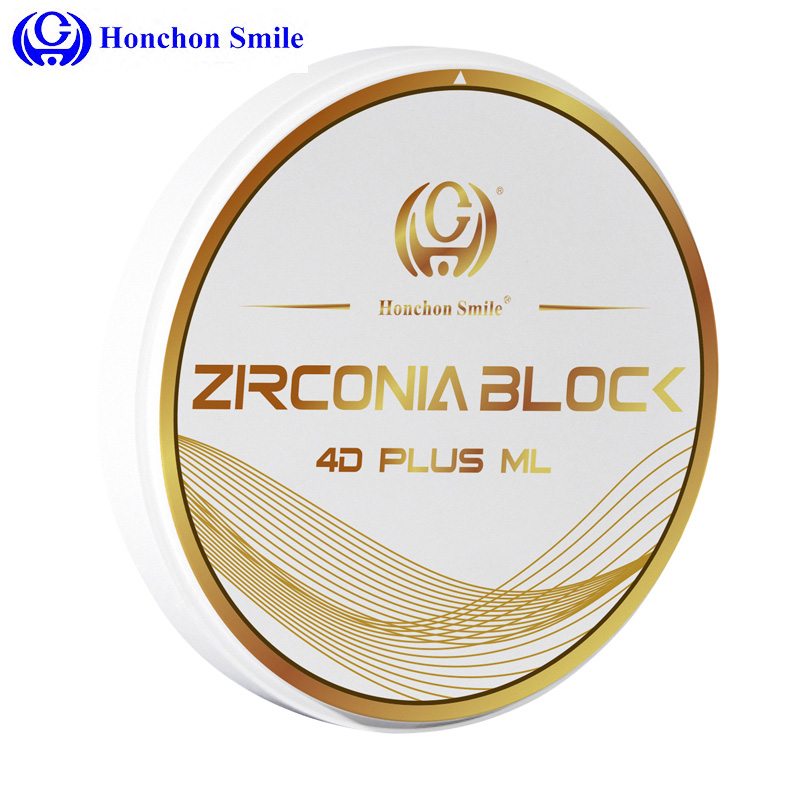What processes does Ultra aesthetic zirconia go through to become teeth?
2025-03-19
The preparation of super-beautiful zirconia all-ceramic teeth requires the combination of precise digital technology and clinical aesthetic design. The main process is as follows:
1. Aesthetic analysis and digital design
Oral examination and data collection
The tooth morphology and occlusal relationship data are obtained through intraoral scanning or silicone rubber impressions, and DSD (digital smile design) is combined to conduct
personalized analysis of facial proportions and tooth morphology.
3D model design
CAD software is used to accurately design the morphology, edge fit and occlusal function of the zirconia crown to ensure the coordination between the restoration and the natural tooth.
2. Tooth preparation and temporary crown protection
Tooth grinding
Uniformly grind the tooth tissue (1.5-2.0mm on the incisal end and 1.0-1.5mm on the labial surface) to form a rounded edge to avoid stress concentration.
Temporary crown wearing
Before the formal restoration is made, wear a resin temporary crown to protect the prepared tooth to maintain occlusion and beauty.
3. Production and processing of zirconia crowns
CNC cutting
Import CAD data into the dental milling machine, cut high-purity zirconia material to form a base crown, the thickness is usually 0.5-0.6mm.
High temperature sintering
The cut zirconia crown is sintered at high temperature (about 1500℃) to increase the density and strength of the material.
Layered dyeing and glazing
The multi-layer dyeing technology is used to simulate the light transmittance and color gradient of natural teeth, and the glazing and polishing make the surface smooth and natural.
4. Trial wear and bonding fixation
Margin and occlusal adjustment
Check the edge fit, adjacent relationship and occlusal contact of the restoration, and make fine adjustments if necessary.
Adhesive fixation
Use resin cement or glass ionomer adhesive to permanently fix the zirconia crown to the tooth body and remove excess adhesive material.
5. Postoperative maintenance
Instruct patients to avoid chewing hard food, clean the crown edge regularly, and check the stability of the restoration every year.
Core aesthetic requirements
Color matching: Achieve the same hue, brightness and saturation as natural teeth through multi-layer dyeing technology; Natural shape: The gradient design of the transparent layer
at the incisal end and the enamel layer at the neck simulates the optical properties of natural teeth; Margin concealment: The shoulder design of 0.5-1.0mm below the gum ensures
that the restoration edge and the gum are naturally transitioned


